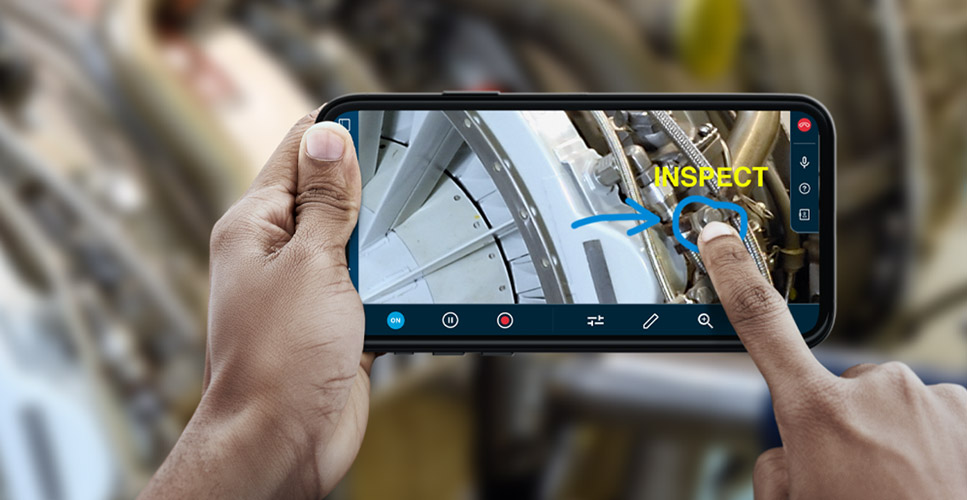
How Generative AI and RAG Unlock Decades of Business Knowledge

By Neal Tomblyn
Ranked #1 in the world with a power index of 0.0718, the U.S. defense forces have always been considered powerful adversaries by strategic competitors. However, since the Cold War, the U.S. has not fought a formidable strategic competitor, resulting in significant neglect and underfunding of sustainment and routine maintenance, repair, and overhaul (MRO) activities.
Sustainment and routine maintenance activities — including purchasing spare parts, depot and field maintenance, personnel and engineering support, and the tools to support them — make up 70% of the lifecycle costs a platform system will incur during its lifetime. When neglected, these activities critically hamper mission readiness resulting in lower than acceptable and planned platform mission availability. This makes the U.S. Department of Defense (DoD) vulnerable to risks from strategic competitors, threatening the safety of Americans. To help overcome this, the Pentagon formed the Survivable Logistics Task Force in 2016 to evaluate the current and future logistical challenges facing the DoD and Joint Logistics Enterprise (JLEnt).
In 2018, the task force released its findings and recommendations for securing and sustaining the JLEnt in an increasingly contested global security environment. The group identified that logistical planning, including support and operational activities, is crucial to ensuring resiliency and improving overall mission readiness. The report also recommends that investments in technology designed to reduce logistical demands will cement the U.S.’ power position. This is the area where technologies such as advanced augmented reality (AR) come in.
AR solutions like Librestream’s Onsight help defense organizations perform sustainment and MRO activities more efficiently. As a former Director at Lockheed Martin involved in the sustainment of fixed and rotary aircraft, I have personally witnessed the benefits AR brings to the table. These range from faster issue resolution to recording critical data required for compliance and inspection purposes. On average, Onsight customers are reporting 20% accelerated time to issue resolution, 30% cost savings from reduced travel, and 70% increase in total productivity hours. This is a tremendous value-add.
So, you may be wondering, well, that’s great, Neal! But how do I use AR in my work? Here are some common ways defense organizations are using AR technologies to maintain assets and ensure mission readiness:
Defense organizations work with several commercial partners, original equipment manufacturers, subject matter experts and engineers to complete MRO activities. More often than not, these experts are rarely in the same continent, let alone on the field where you need them. To overcome this challenge and reduce asset downtime, such as AOG or aircraft on ground, organizations use AR-enabled remote expert assistance solutions to bring important voices and expertise to the table. With the touch of a button, field technicians can connect with multiple parties to get the information they need to complete essential tasks resulting in increased mission readiness at reduced costs.
A recent study identified that by 2030 we will see a worker shortage of over 85 million. With more workers retiring, it is crucial that organizations train and onboard the new generation of workers quickly and effectively. AR capabilities like digital work instructions, IoT visualization and AI computer vision will help train your workforces on the job. With critical information at their fingertips, this technology unlocks reduced error margins and improves productivity.
We now know that we’re facing a significant skills shortage in the future. This means that we’re likely going to face knowledge loss across the board. To help preserve and share this critical business knowledge, organizations use AR to create an on-premise and secure database. With this critical capability, workforces can ensure they have all the relevant data, manuals and previous inspection and compliance records when they need it.
If you’d like to learn more about my experience with implementing AR-enabled sustainment activities in the Defense industry, I encourage you to join me for a Mission Readiness fireside chat on August 25. In this complimentary and interactive discussion, I will offer insights on the Defense industry’s challenges to achieve mission readiness along with some critical use cases and more.
I hope to see you there!